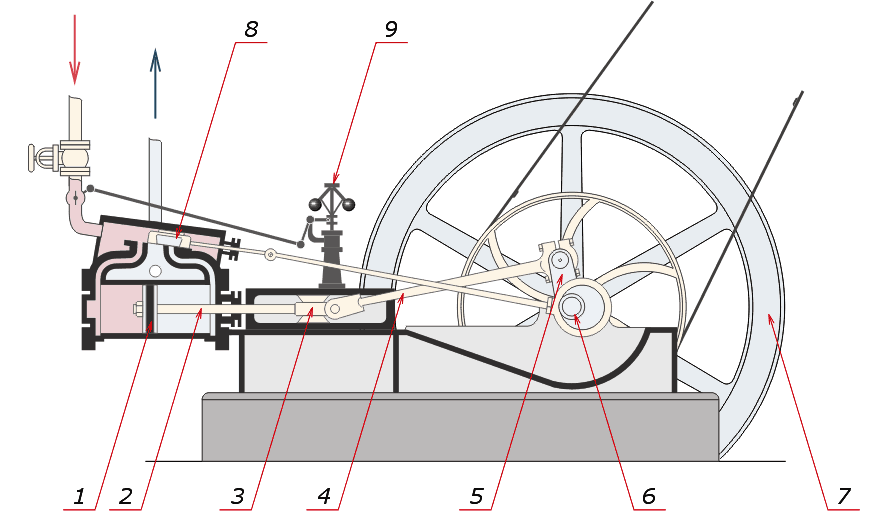
In loving memory of my father, Rolland L Lovelady, Missouri
Pacific Railroad.


As early as 1550 roads of rails called
Wagonways were being used in Germany. These primitive railed roads
consisted of wooden rails over which horse-drawn wagons or carts
moved with greater ease than over dirt roads. Wagonways were the
beginnings of modern railroads. By 1776, iron had replaced the wood
in the rails and wheels on the carts. Wagonways evolved into
Tramways and spread through out Europe. Horses still provided all
the pulling power.

The invention of the steam engine was critical
to the invention of the modern railroad and trains. In 1803, a man
named Samuel Homfray decided to fund the development of a
steam-powered vehicle to replace the horse-drawn carts on the
tramways. Richard Trevithick (1771-1833) built that vehicle, the
first steam engine tramway locomotive. On February 22, 1804, the
locomotive hauled a load of 10 tons of iron, 70 men and five extra
wagons the 9 miles between the ironworks at Pen-y-Darron in the
town of Merthyr Tydfil, Wales to the bottom of the valley called
Abercynnon. It took about two
hours.

Many believe that James
Watt (1736-1819) invented the steam engine. And with adjustments he
did figure out a much more efficient way of making power from
steam, however, a steam-powered spinning sphere called an aeolipile
was demonstrated by Hero of Alexandria in the 1st
century.
One might even
be surprised at women's contribution to the rail
system. In 1870, Eliza
Murfey patented 16 devices for improving the packing of journals
and bearings for railroad-car axles. In 1879, Mary Walton developed
a method of deflecting smoke stack emissions through water tanks
and later adapted the system for use on locomotives. She received a
patent for the system on February 8, 1881, and later sold the
rights to the Metropolitan Railroad of New York City. Other
inventions by women included a railway crossing gate by Mary I.
Riggin and several patents for the construction of railway tracks
by Catherine L. Gibbon.
Although not a traditional railroad, the underground railroad was a
critical system of transporting slaves to freedom in the mid-1800s.
One of the most famous conductors was Harriet Tubman. Between 1850
and 1858, she helped more than 300 slaves reach freedom. But then,
that's another story, isn't
it?

You will need special equipment to retrieve this
cache.
